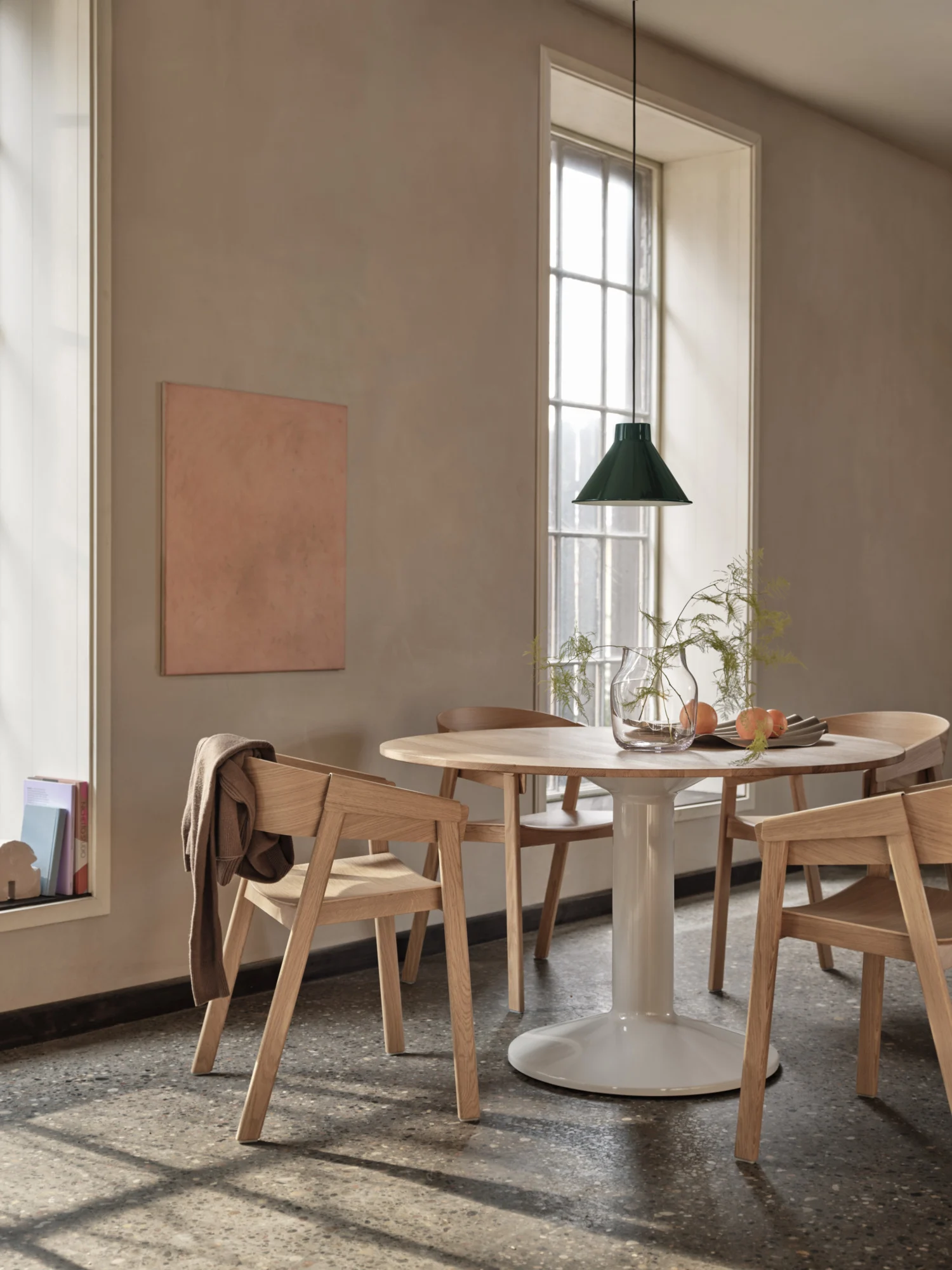
Wood Types Used in Furniture: A Guide to Their Unique Traits
Explore the Beauty and Diversity of Wood Types for Furniture
In the world of furniture, wood reigns supreme, and for good reason. Understanding the different wood types used in furniture isn’t just an option; it’s the key to unlocking the potential of your living spaces. As we delve into the realm of wooden furniture, you’ll come to appreciate the unmatched beauty, versatility, and character that various wood species bring to your home.
Each type of wood has a unique story to tell, a tale crafted by nature itself. From the rich, warm hues of cherry wood to the timeless elegance of oak, wood’s diversity knows no bounds. In this section, we’ll embark on a journey to explore the significance of understanding wood types in furniture and to admire the sheer beauty and diversity that wood offers to furniture makers and enthusiasts alike.
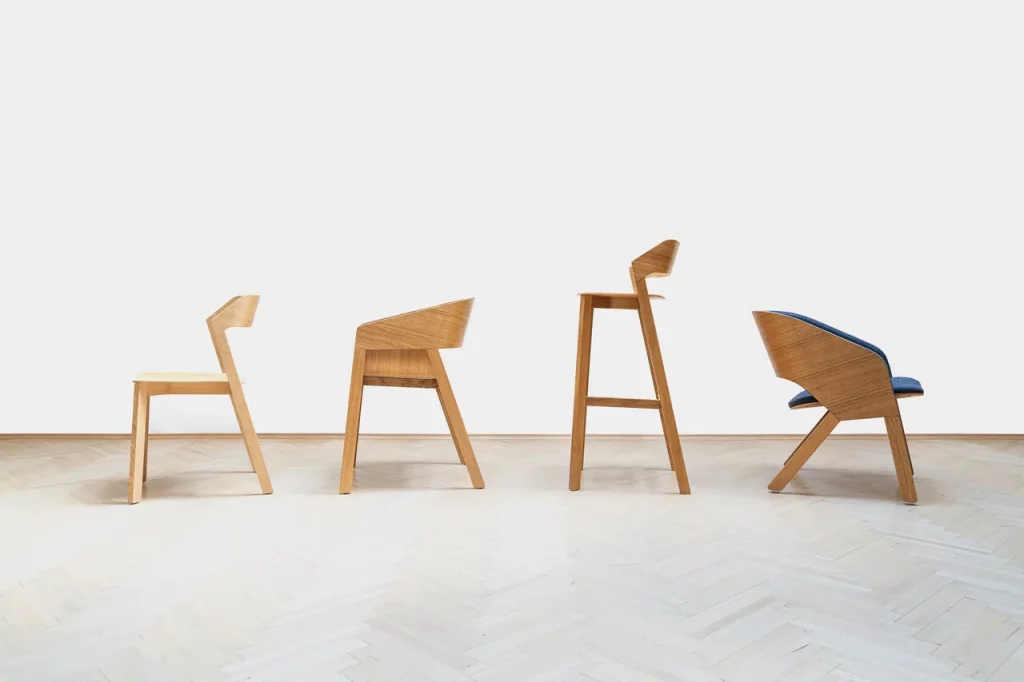
Types of Wood in Furniture: From Classics to Exotics
Wood speaks a language that artisans and craftsmen have embraced throughout history. It echoes tales of strength, durability, and beauty. When choosing the right wood for your furniture, you’ll encounter a diverse array of options. Let’s navigate this rich landscape by categorizing wood into three primary groups: hardwood, softwood, and exotic or specialty woods.
Different Types of Hardwood
Oak: An iconic hardwood celebrated for its sturdiness and resilience. Oak boasts a prominent grain pattern that adds character to the furniture, shining in both traditional and contemporary designs. This wood species provides a solid foundation for your creativity.
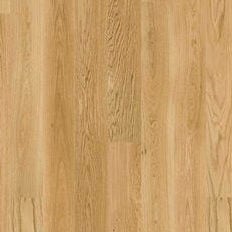
Maple: With its light, creamy colour and fine, even grain. A popular pick for kitchen cabinets, dining room furniture, and flooring, its uniform texture serves as an ideal canvas for various finishes, from clear coats preserving its natural beauty to stains imparting rich, warm tones.
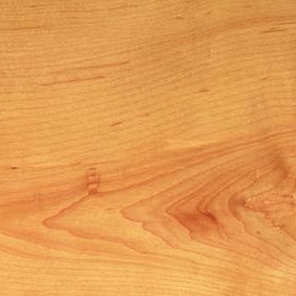
Cherry: Cherry wood, with its warm, reddish-brown hue that deepens over time and with exposure to light, stands out for its elegant appearance and remarkable workability. Furniture crafted from cherry wood exudes timeless beauty and sophistication, destined to become cherished family heirlooms.
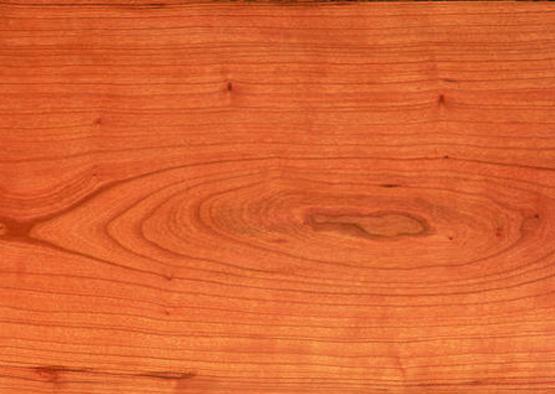
Walnut: Walnut wood exudes sophistication with its rich, dark brown colour and intricate grain patterns. Its natural lustre and versatility make it a favourite among craftsmen creating heirloom-quality pieces. Walnut’s unique blend of dark heartwood and lighter sapwood adds visual interest to furniture.
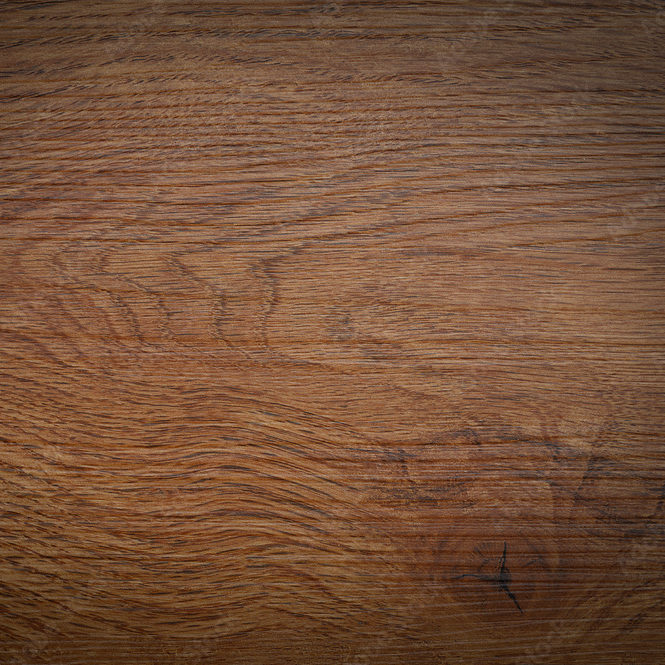
Different Types of Softwood
Pine: A softwood known for its pale, light colour and straight grain. Pine, a budget-friendly choice, is frequently used in casual or rustic furniture styles. Its affordability and ease of staining or painting make it a favourite for DIY projects, whether crafting a pine farmhouse table or rustic pine shelves.
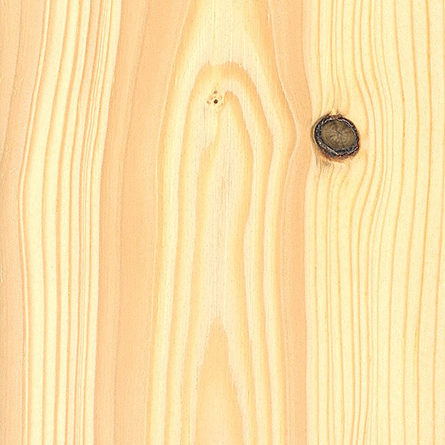
Cedar: Cedarwood is famous for its pleasant aroma and natural resistance to insects and decay, often used in closets, chests, and outdoor furniture. Its aromatic properties make it an excellent choice for lining drawers and chests, protecting stored items from pests and moisture.
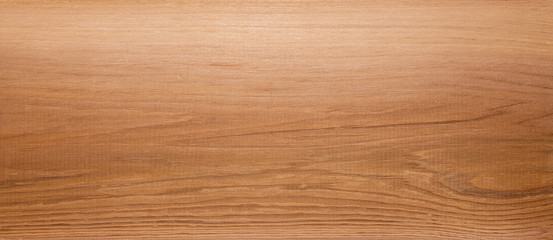
Redwood: Commonly found in the western United States, boasts its stunning reddish-brown colour and remarkable resistance to moisture, which makes it a popular choice for outdoor furniture and decking. The natural oils in redwood provide durability, allowing it to withstand the harshest weather conditions.

Exotic and Specialty Woods
Teak: Prized for its exceptional durability and natural resistance to pests and decay, teak is a top choice for outdoor furniture, weathering beautifully over time. Its ability to withstand the elements while maintaining its elegant appearance has made it the gold standard for outdoor furniture.
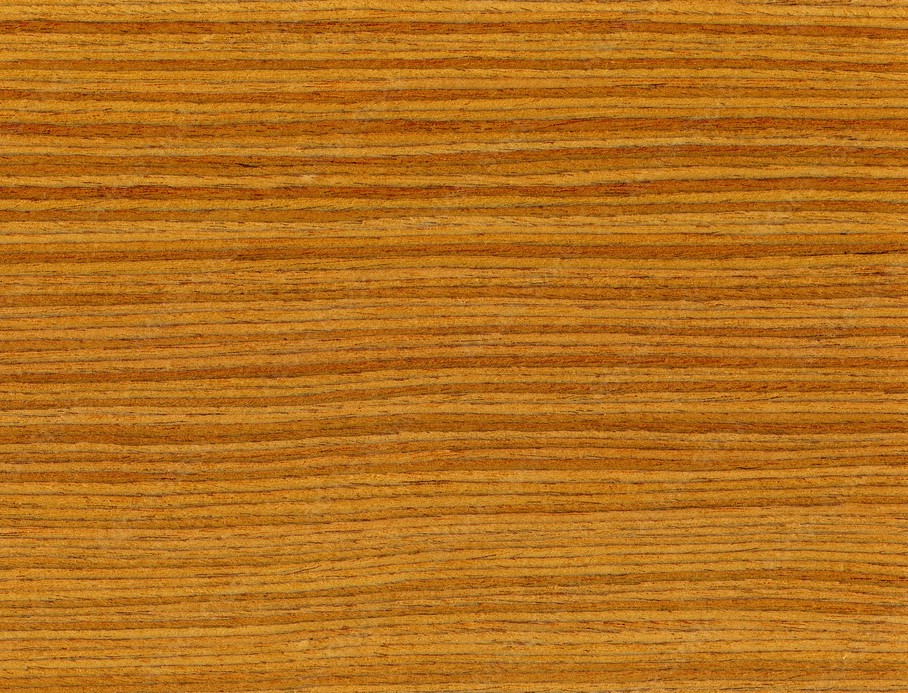
Mahogany: Synonymous with luxury, mahogany’s reddish-brown hue, straight grain, and high polish make it a favourite for fine furniture, musical instruments, and boat building. Mahogany’s opulent appearance elevates interiors, from mahogany writing desks to grand mahogany dining sets.
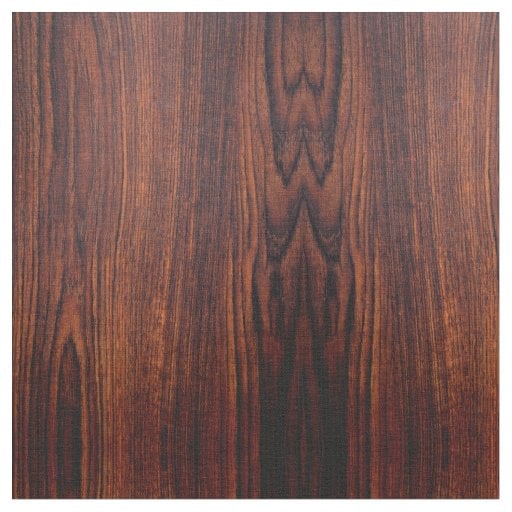
Rosewood: Rosewood, is known for its distinctively dark, reddish-brown colour and intricate grain patterns. The luxurious allure of rosewood is evident in pieces like rosewood coffee tables and intricately carved rosewood cabinets, adding a touch of exotic beauty to interiors.
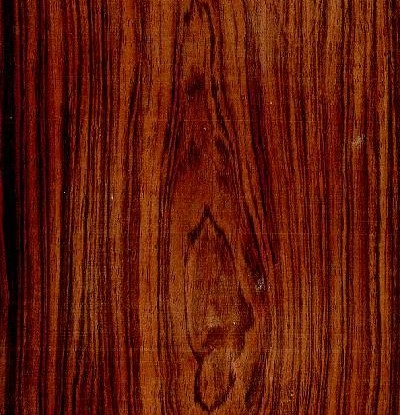
Bamboo: An eco-friendly choice known for its sustainability and unique aesthetic, bamboo is a favourite for modern and tropical-inspired furniture. Bamboo’s rapid growth and renewability make it an environmentally conscious choice.

Grain Patterns and Textures of Different Wood Types
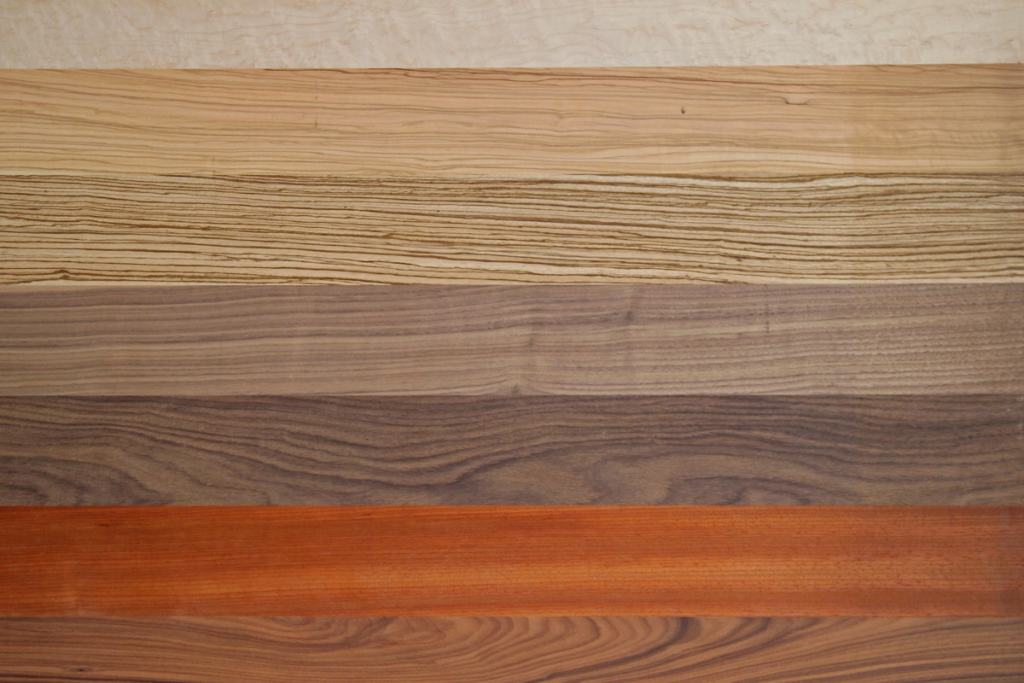
| Maple | Maple boasts a fine, even grain that lends itself to a smooth and uniform appearance. Its texture is notably smooth, making it ideal for finishes that highlight its natural beauty. |
| Cherry | Cherry wood showcases a subtle, close-grain pattern. Its texture is generally smooth, and it darkens with age and exposure to light, creating a warm and inviting ambience. |
| Walnut | Walnut exhibits intricate grain patterns that can vary from straight to wavy. Its texture is moderately coarse, enhancing its visual appeal. |
| Pine | Pine’s grain patterns are typically straight and uniform, contributing to its simple and rustic charm. It has a smooth texture that readily accepts paint and stains. |
| Cedar | Cedar’s grain patterns are straight and fine, enhancing its elegant appearance. Its texture is smooth, making it a pleasant choice for furniture linings and chests. |
| Redwood | Redwood features a straight grain with a slightly coarse texture. Its natural oils give it a unique, fragrant aroma and excellent durability. |
| Mahogany | Mahogany showcases a straight, interlocking grain that adds depth to its appearance. Its texture is smooth and lustrous, contributing to its luxurious appeal. |
| Teak | Teak’s grain patterns are typically straight or slightly wavy. It has a coarse texture and a high natural oil content that contributes to its durability and resistance. |
| Rosewood | Rosewood exhibits a striking and often wild grain pattern. Its texture is fine and smooth, making it a favourite for intricate carvings and fine detailing. |
| Bamboo | Bamboo’s grain patterns are subtle and linear, lending a contemporary and clean appearance. Its texture is notably smooth, reflecting its modern aesthetic. |
Colours and Finishes of Different Wood Types
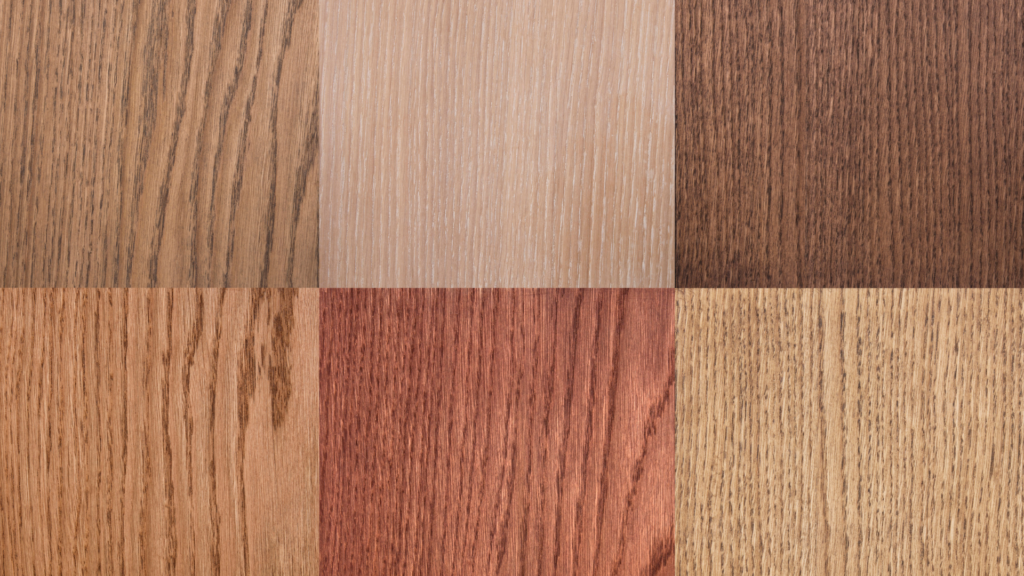
| Maple | Maple has a light, pale colour with occasional reddish or golden hues. It readily accepts stains and finishes to achieve a range of tones. |
| Oak | Oak ranges from light to medium brown and can be stained to achieve various shades. Its finishes emphasize its natural grain patterns. |
| Cherry | Cherry starts with a light reddish-brown hue and deepens to a rich, reddish-brown over time. It often features natural highlights. |
| Walnut | Walnut boasts a rich, dark brown colour with occasional purplish or greyish hues. Its finishes enhance its deep, luxurious appearance. |
| Pine | Pine’s colour varies from light yellow to pale, knotty tan. It readily accepts paints and stains, allowing for versatile finishes. |
| Cedar | Cedar showcases a light, reddish-brown hue with a subtle, even colouration. It’s often left unfinished to retain its natural aroma. |
| Redwood | Redwood exhibits a reddish-brown colour with a subtle, even hue. Its natural oils contribute to its durability and weather resistance. |
| Mahogany | Mahogany’s colour ranges from light pink to deep, reddish-brown. It finishes with a lustrous, polished appearance. |
| Teak | Teak starts with a golden-brown colour that weathers to a silvery-grey patina over time. It’s often left unfinished for outdoor use. |
| Rosewood | Rosewood features a dark, reddish-brown colour with black streaks. Its finishes highlight its exotic and luxurious appearance. |
| Bamboo | Bamboo’s natural colour is pale yellow to light tan. It’s often used in its natural hue or stained to achieve various shades. |
Crafting with Nature’s Treasures: Wood Types in Furniture and Their Best Uses
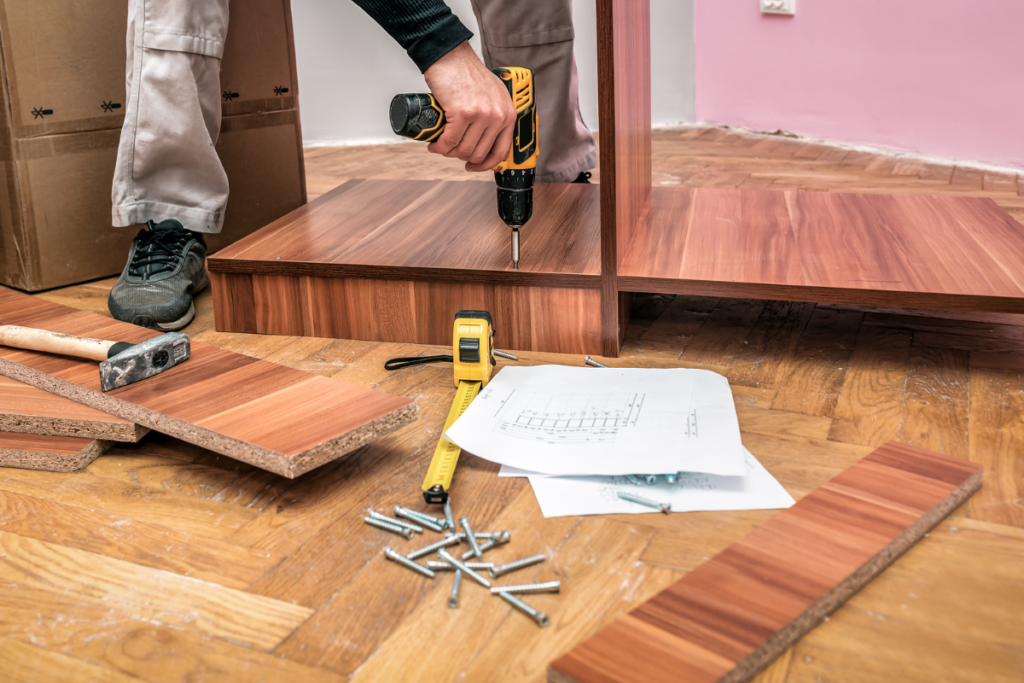
| Oak | It excels in crafting sturdy pieces like dining tables, chairs, and cabinets. |
| Maple | It’s commonly used in crafting pieces like bedroom sets, dressers, and dining tables. |
| Cherry | It’s often used to create elegant pieces like dining room tables, bedroom furniture, and heirloom-quality cabinets. |
| Walnut | It’s favoured for crafting exquisite pieces, including coffee tables, desks, and accent furniture. |
| Pine | It’s often used in crafting casual pieces like farmhouse-style dining tables, bookshelves, and bedroom furniture. |
| Cedar | It’s frequently used in crafting outdoor furniture like benches and Adirondack chairs. |
| Mahogany | It’s often used in creating elegant dining tables, high-end cabinetry, and antique reproductions. |
| Teak | It’s commonly used to create patio sets, chaise lounges, and garden benches that withstand the elements while exuding elegance. |
| Rosewood | It’s sought after for crafting high-end tables, cabinets, and decorative accents. |
| Bamboo | It’s used to create sleek and eco-friendly designs, including bamboo beds, chairs, and minimalist tables. |
Choosing Wood for Your Haven: Aesthetic, Practical, and Financial Insights
Selecting the right wood for your furniture project involves more than just the type of wood species. Several factors should guide your decision, ensuring that your choice aligns with your preferences, needs, and budget. Let’s delve into the key considerations when selecting wood for your furniture.
Style and Aesthetics Play a Pivotal Role in Wood Selection
- Interior Style: Your furniture should harmonize with your interior design style. For traditional or rustic settings, oak or cherry wood might be suitable. For modern and minimalist spaces, consider woods like maple or walnut.
- Colour and Grain: Wood types vary in colour and grain patterns. Determine whether you prefer a light or dark wood, a uniform or pronounced grain, and how these elements complement your overall design.
- Finish Options: Some wood species are more receptive to stains and finishes. If you have a specific colour or finish in mind, ensure your chosen wood can achieve the desired look.

Durability and Maintenance of Different Wood Types Used in Furniture
- Durability: Different wood types offer varying degrees of durability. If your furniture will endure heavy daily use, opt for a wood species known for its robustness, like oak or teak.
- Resistance to Wear: Consider factors like resistance to scratches, dings, and moisture. Hardwoods like cherry and walnut excel in resisting wear, while softwoods like pine may require more care.
- Maintenance Level: Determine how much maintenance you’re willing to undertake. Some woods, like cedar, require minimal maintenance, while others, such as mahogany, benefit from regular care to preserve their appearance.
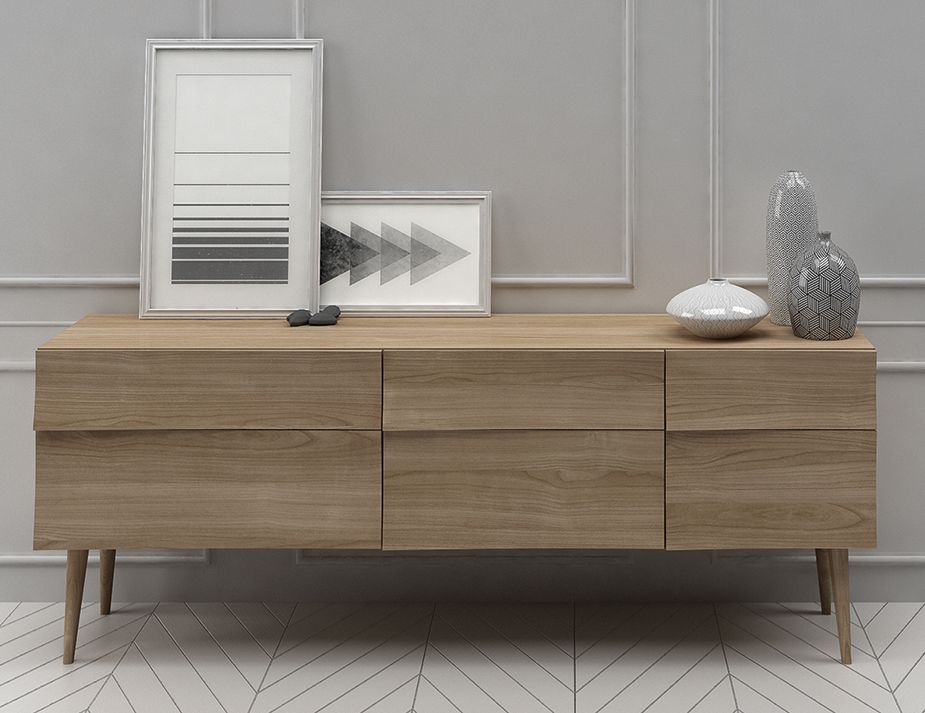
Budget Considerations When Selecting Wood Types Used in Furniture
- Cost of Wood: Different wood species come with varying price tags. Exotic and rare woods like rosewood tend to be more expensive, while domestic hardwoods like oak and maple are often more budget-friendly.
- Additional Costs: Consider any extra expenses, such as finishing materials, hardware, and tools, when budgeting for your project.
- Long-Term Value: While some woods may have a higher upfront cost, their longevity and enduring beauty can offer long-term value, potentially reducing replacement costs over time.
By carefully weighing style, durability, maintenance, and budget, you can confidently choose the wood that best aligns with your furniture project’s goals and your personal preferences.
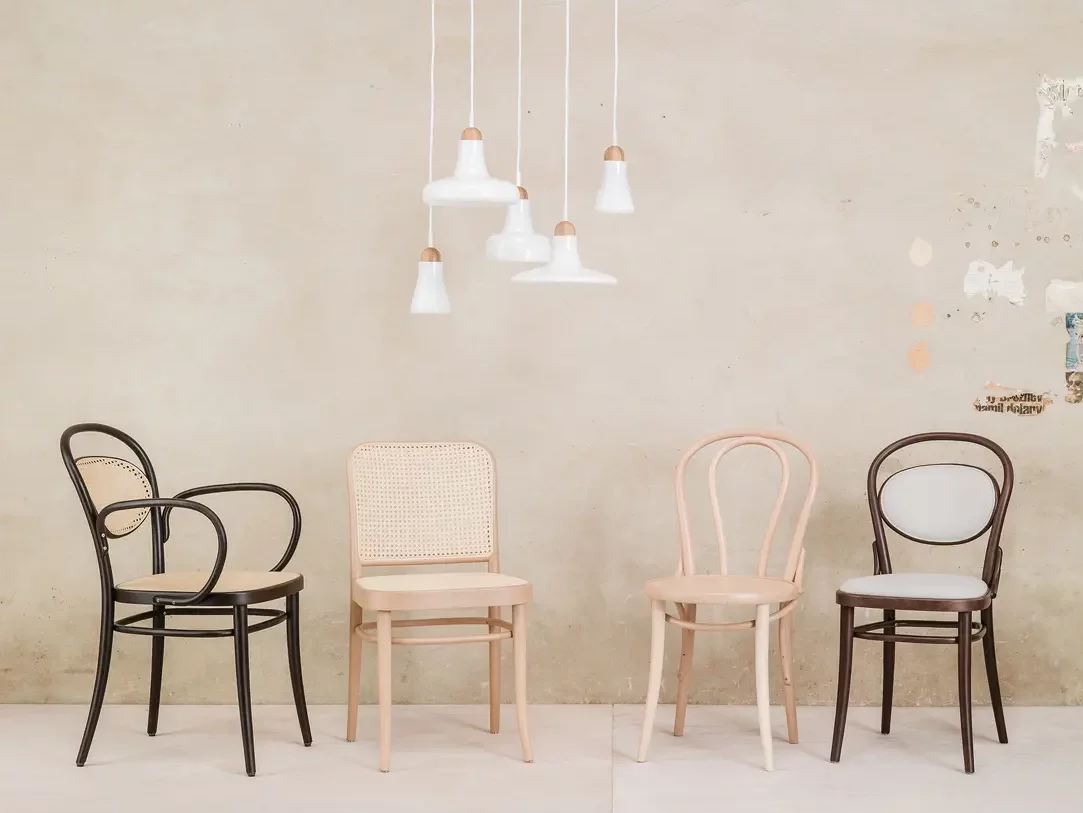
Elevate Your Space: Selecting Wood for Furniture That Speaks to You
In the realm of furniture crafting and design, the importance of selecting the right wood cannot be overstated. It serves as the canvas upon which your vision and creativity take shape, lending character and personality to your living spaces. As we conclude this exploration into types of wood for designer furniture, let’s recap the significance of this choice and the unique opportunity it provides.
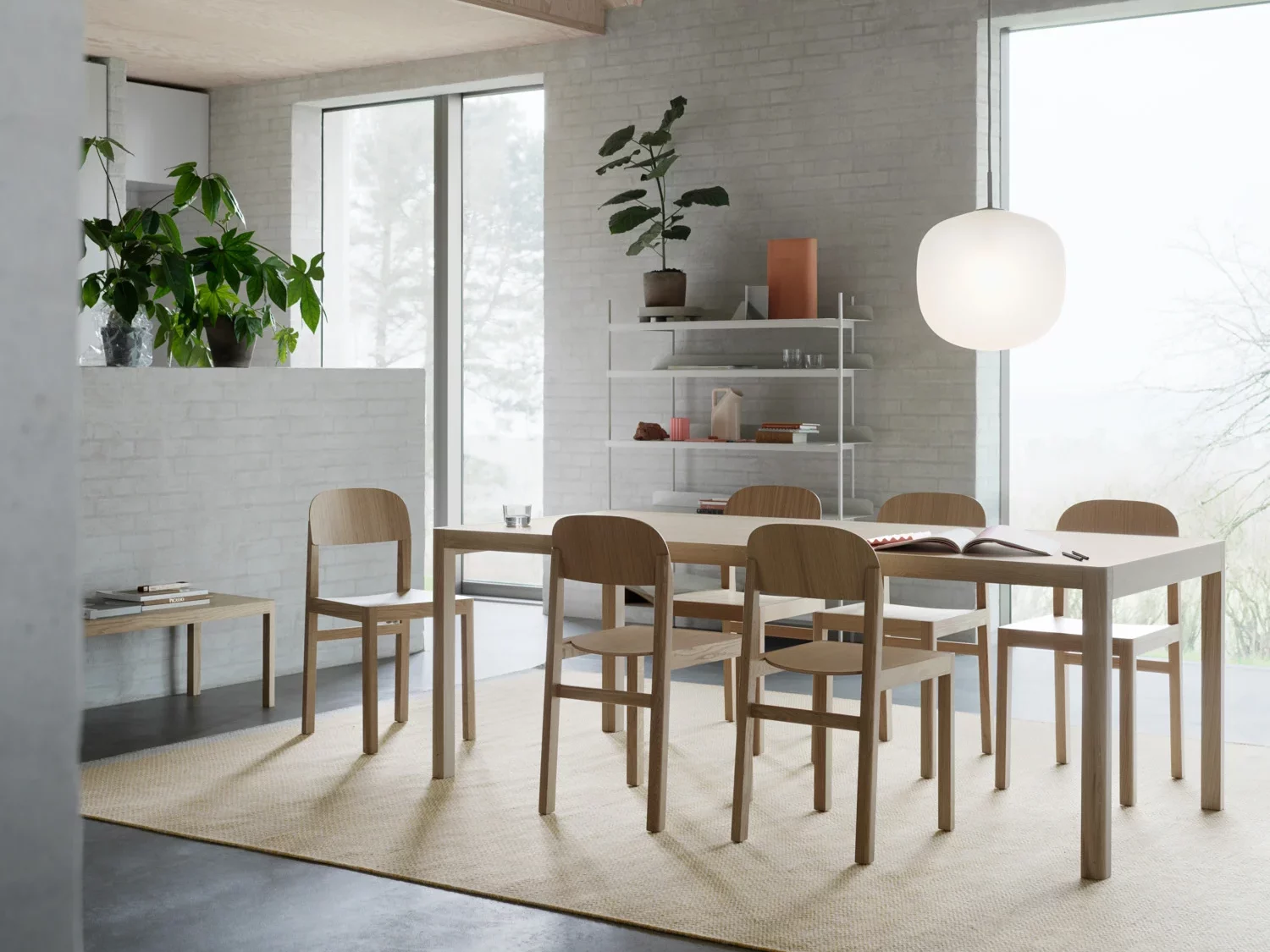
The Significance of Choosing the Right Wood Type for Your Furniture
The selection of wood for your furniture transcends mere practicality; it is an artistic endeavour that allows you to infuse your creations with character and style. Each wood type boasts its own unique personality, whether it’s the timeless warmth of oak, the regal richness of mahogany, or the contemporary elegance of walnut. Your choice of wood sets the tone for your furniture’s aesthetics and, by extension, the ambience of your living spaces.
Consider the durability and resilience of hardwoods like oak, cherry, and walnut, which offer not only enduring beauty but also longevity. Softwoods like pine and cedar, on the other hand, provide budget-friendly options while maintaining a rustic charm. The exotic allure of woods like teak, rosewood, and bamboo opens doors to distinctive and luxurious applications.
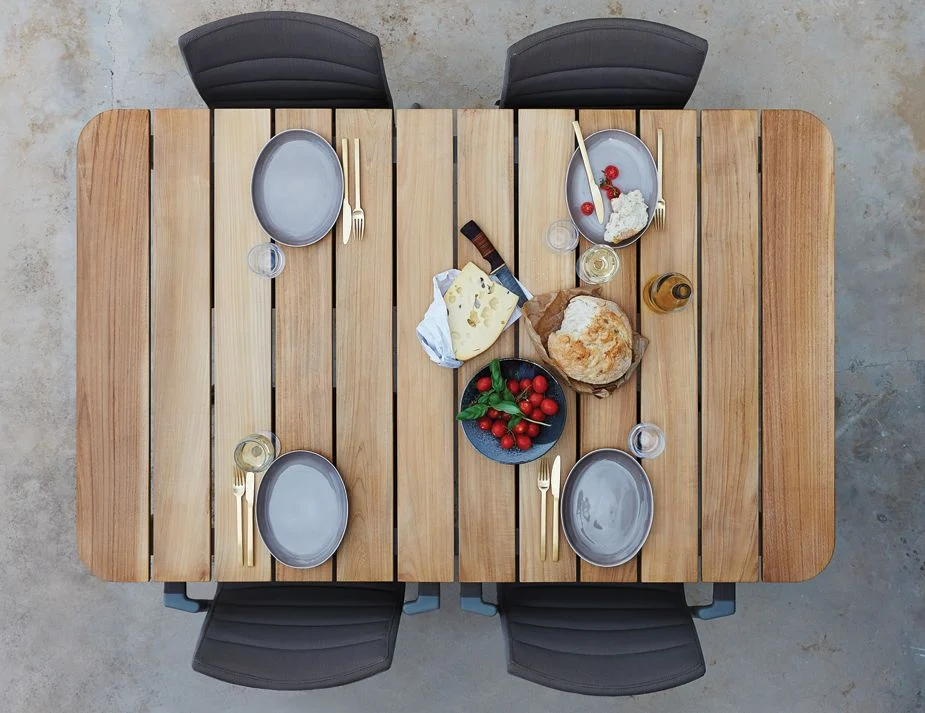
Personalizing Your Space with the Beauty of Wood
Wood is a versatile and timeless medium, capable of adapting to a wide range of design styles and preferences. Whether you aim to create a cozy rustic retreat, a sleek modern oasis, or a fusion of styles uniquely your own, wood can be your most faithful ally. You can tailor its grains, colours, and finishes to match your design vision, offering endless possibilities for personalization.
In closing, let your choice of wood for furniture be a reflection of your unique style and a testament to the enduring allure of this remarkable material. May it bring warmth, elegance, and character to your living spaces for years to come.
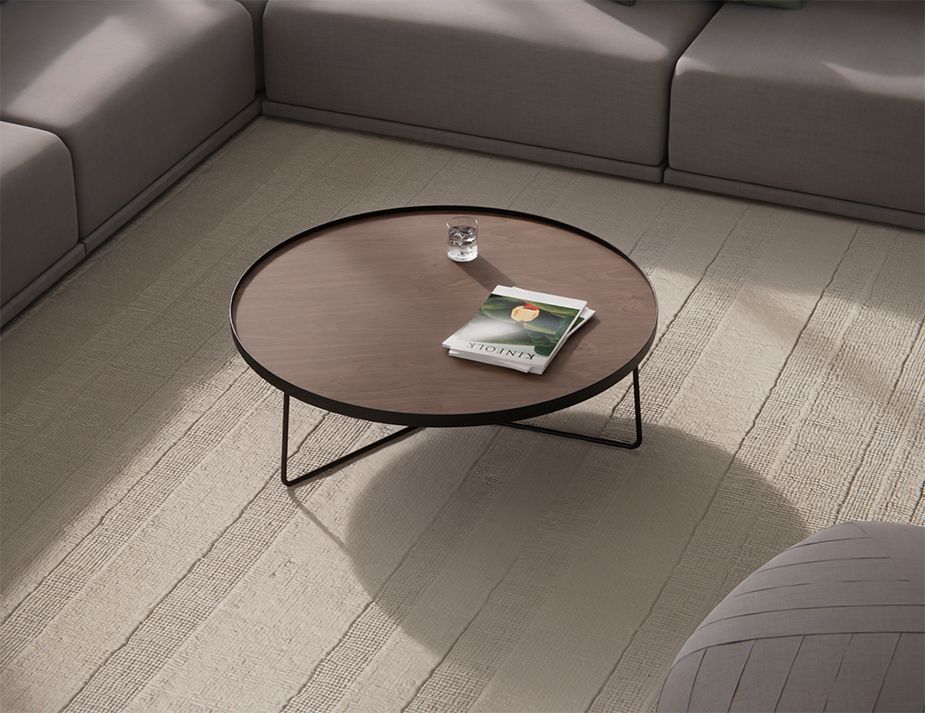
Frequently Asked Questions
Woods like African Blackwood, Pink Ivory, and Sandalwood are among the most expensive globally, mainly due to their rarity, demand, and the intricate grain patterns they offer. Their high costs often make them more suited for specialized uses rather than standard furniture pieces.
MDF furniture can be durable and long-lasting if properly cared for. Its lack of grain ensures that it won’t warp over time. However, MDF is more susceptible to moisture damage compared to solid wood, so it’s essential to protect it from direct water exposure. Additionally, while MDF can bear significant weight, it might not hold up as well as solid wood under extreme loads. Regular maintenance and careful use can, however, extend the lifespan of MDF pieces considerably.
Hardwoods, due to their durability and beautiful grains, are ideal for dining tables. Oak, being robust and wear-resistant, is a popular choice for tables that see regular use, as it can withstand daily wear and tear. Mahogany, with its deep rich colouring and straight grain, offers an elegant and timeless aesthetic. Teak is another excellent option, especially if you’re considering a table for both indoor and outdoor use; its natural oils make it resistant to environmental elements and pests.*
If longevity is the primary concern, hardwoods are the best bet. Oak, being incredibly sturdy, can last for generations. Teak, with its innate resistance to decay, pests, and moisture due to its natural oils, is another excellent choice. Mahogany and cherry also stand the test of time, especially when properly maintained.
Historically, the choice of wood often depended on the region and its accessibility. In Europe, for instance, oak, mahogany, and walnut were commonly used. In America, cherry and pine were popular. Antique pieces often showcase these woods, reflecting the period’s available resources and crafting techniques.
